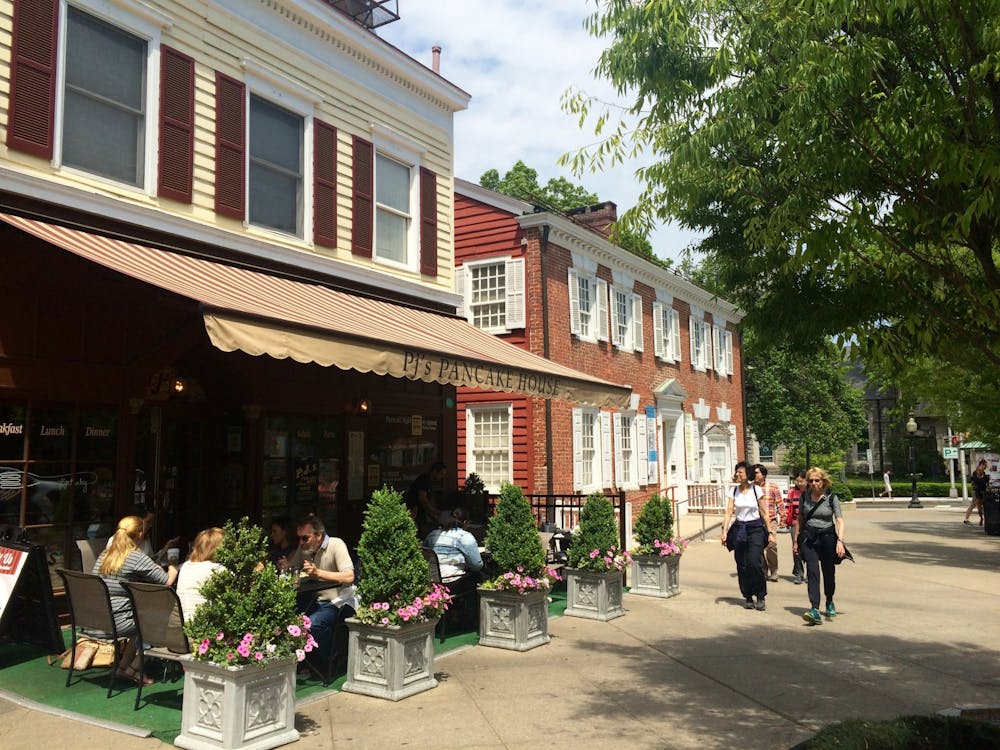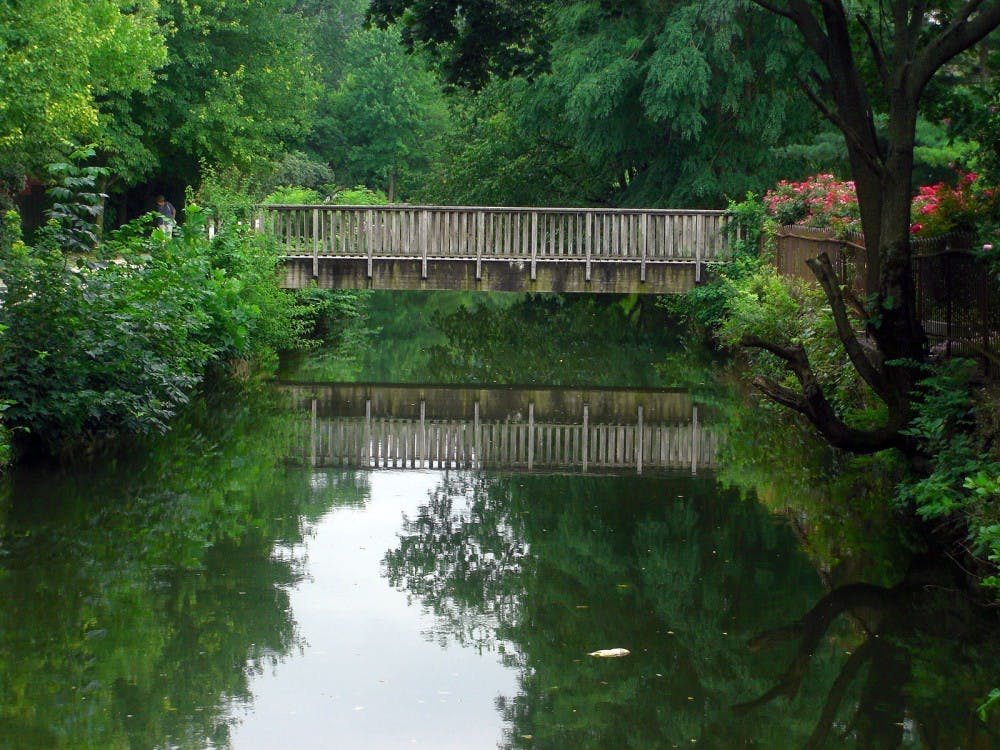Even growing up in isolated Switzerland for the first seven years of my life didn't stop me from being exposed to the American tradition of Halloween. Every autumn, everyone from watchmakers to butchers would fill their shop windows with pumpkins, skeletons, black cats and witches to add to the atmosphere. Despite the ubiquitous nature of this paraphernalia, Halloween at home was always seen as a celebration specifically for the youngsters. It was they who dressed up in white sheets so as to feign a ghost or in a long black cape in the hope of looking like Dracula; it was these costumes that formed the quintessential part of my understanding of the holiday. Halloween, above all else, came to signify horror, death and the cold winter months that lay ahead — or at least little kids trying their best to look scary.
Halloween's origins can be traced back to the ancient Celtic festival of Samhain (pronounced sow-in), which marked the end of summer and the coming of winter, which in its wake brought death. The Celts believed that on this particular night, the spirits of the deceased would return to Earth, enabling priests to make predictions about the future. By the ninth century, the Roman Catholic Church decided to harness the popularity of the celebration by merging it together with its own All Saints' Day, celebrated on Nov. 1 to honor the Church's saints and martyrs. This was taken a step further in the 11th century, when the festival of All Souls was added to the Roman Catholic calendar to celebrate the souls of all departed. These three festivals were celebrated with bonfires, dressing up as saints, angels and devils — all reminiscent of the way in which I had celebrated Halloween.
My exposure to jack-o-lanterns and witches came to a rapid halt, however, when I left Switzerland and moved to England. It was not that this type of imagery was any less widespread there, but rather that the novelty of dressing up in Halloween costumes had worn off. Trick-or-treating as well as finding the latest fangs for my werewolf outfit no longer seemed to preoccupy me nor my friends. As far as I was concerned, the celebrative element of Halloween was something left to the memories of childhood.
Because I'd always considered the holiday an American tradition, I knew that moving here was sure to provide me with a more authentic Halloween experience. But I did not expect what I encountered. To my surprise and delight, horror was no longer part of the equation. I soon came to realize that American Halloween gives people of all ages an excuse to dress up in entertaining as well as downright humiliating attire — and above all gives an otherwise proper girl the license to dress like a whore. Whether it be a Greek Goddess, a French maid or a "Mile High Captain," all outfits are shortened, low cut or worn with knee-high stockings. Whatever happened to the horrific element of this holiday that was so prevalent during my youth?
Not that I'm complaining, but I believe that the secular nature of this holiday and its rapid commercialization are responsible for this change. Today, everyone buys candy corn and chocolates wrapped with orange pumpkin wrappers, teachers don ties with black cats and skeletons, and the Halloween parade in Union Square is something of a legend.
As of this year, the average American is expected to spend more than $60 on Halloween with the total sales expected to reach over $5 billion. Skeleton costumes are giving way to Spiderman and Princess outfits among the very young. One of my friends even overheard a young girl asking her mother for a Rihanna costume. Given the joyous and all-encompassing nature of the event, I completely agree that more than just youngsters should be able to partake. But though I am all in favor of costume eye candy, I wonder whether this transition from scary to funny — or slutty — makes Halloween lose something of its whim and fantasy in favor of Hallmark banality. Alex Wolf Galimberti '09 is an East Asian studies major from Lichtenstein. He can be reached at acwg@princeton.edu.







